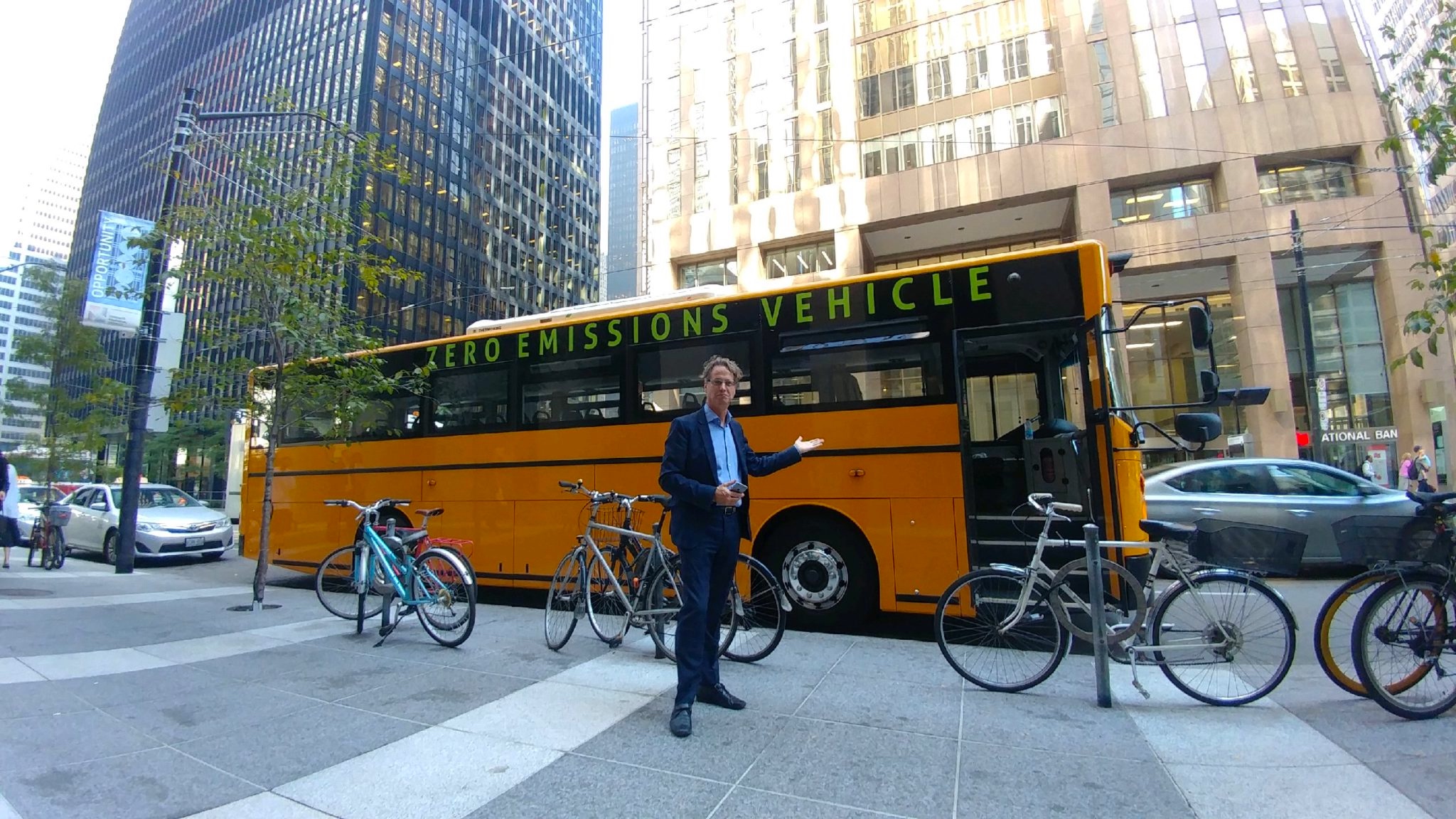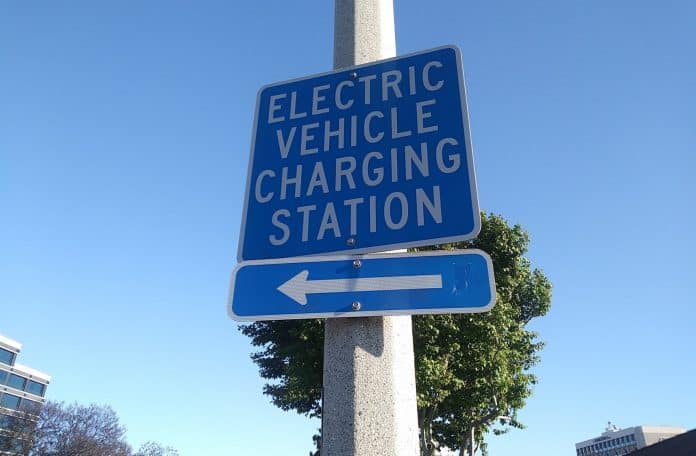Editor’s Note: This article is the first of a three-part series focusing on alternative fuel options for school districts.
While “Going Green” is the slogan of the day in the school bus industry, filtering through the available options and researching their pros and cons can be a daunting task for transportation directors nationwide. Myths associated with each fuel type still linger, and many transportation leaders are looking to their peers and neighbors for experience.
The virtual Green Bus Summit gave transportation leaders the platform to ask questions to those who are running these alternative fuels each day. How is the range on electric vehicles? Does propane start OK in the snow? What is renewable diesel? All these questions and more were answered during the three-day event this week.
Electric
When thinking about transitioning to greener school bus options, electric vehicles often come to the forefront. But concerns about the vehicles operating in colder climate and range complications, not to mention the upfront costs, steer transportation directors in other directions.
Complexity and cost are the two most prominent barriers to this fuel option, said Claire Miller during her keynote address on Wednesday. The senior vice president of strategy, business development, marketing, and communications for First Student shared that the contractor and NextEra Energy developed a roadmap, which she shared during her presentation, that covers the steps transportation directors should take in order to offset those initial challenges.
Related: First Student Executive Miller Outlines School Bus Electrification Roadmap
No one knows this road to electric better than Tim Shannon, the director of transportation for Twin Rivers Unified School District in Sacramento, California. Twin Rivers is currently the largest operator of electric school buses in the nation, with 40 electric vehicles on the road. It is also expected to receive another 18 electric buses this summer.
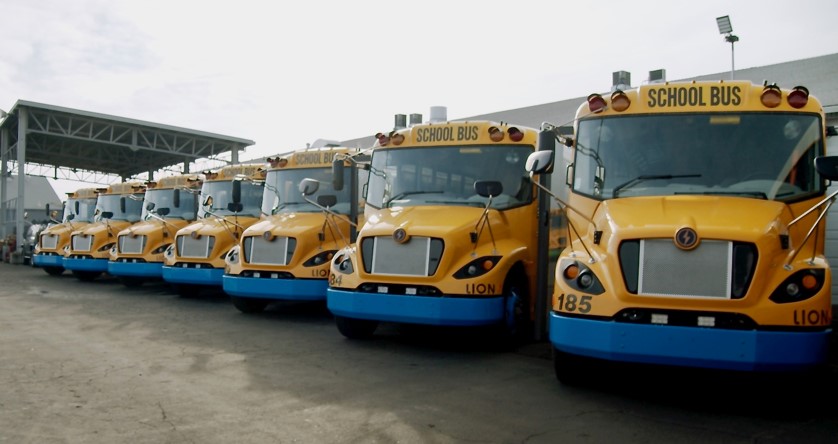
Shannon said Twin Rivers started its electric journey five years ago with the purchase of 16 vehicles as part of a grant. Right away, Shannon said his staff started running data comparisons and operational costs compared to diesel fuel and found they saved a significant amount of money with electric.
Because of the California climate and energy costs, he found electric to be less expensive to run, especially when grants help with the initial purchase point. Over the past five years, Shannon said Twin River received almost $20 million of grant money, which funded his electric bus fleet.
“Running electric has not been as challenging as you think,” Shannon said, adding that he received support from the community by explaining how much cleaner the air would be for the children.
Meanwhile, Tysen Brodwolf, director of transportation at Cajon Valley Unified School District near San Diego, currently has five electric school buses in her fleet. She plans to obtain another three by fall. She noted that her district wanted to move into a greener direction for everyone, which included the installation of solar panels and electric vehicles. While she noted that the up-front cost of electric is expensive, the incentive programs make purchasing the vehicles realistic.
Brodwolf confessed that at first she was not an electric believer, but she has since become passionate about electric vehicles as changes are advancing rapidly to meet customer needs. For example, she said ranges are expanding and battery costs are declining. She noted that maintenance costs have also decreased overall, and the district expects the vehicles to last longer than their diesel counterparts.
However, even though Cajon Valley has had electric vehicles since 2019, it is only now installing permanent infrastructure. Currently, she said the district is operating a temporary charging station but is partnering with local utility company San Diego Gas and Electric to install permanent infrastructure. The goal is to eventually put electricity back into the grid when needed.
She reminded attendees that having permanent infrastructure right out of the gate with electric school buses is not a make or break-it issue, as temporary chargers can work for the time being.
Shannon at Twin Rivers did note that the biggest challenge to electric school buses is infrastructure. The district is looking to expand its on-site chargers, but Shannon said he needs to consider the electricity bill. His district is also looking at a software telematics system that manages when the buses should be charging, to avoid a surge of all vehicles coming online at once. Twin Rivers is also working with its local utility company to implement a vehicle-to-grid project to offset costs. It also currently sells Low Carbon Fuel Standard credits.
Editor’s Note: Learn more about how Twin Rivers utilizes LCFS credits in the upcoming May issue of School Transportation News.
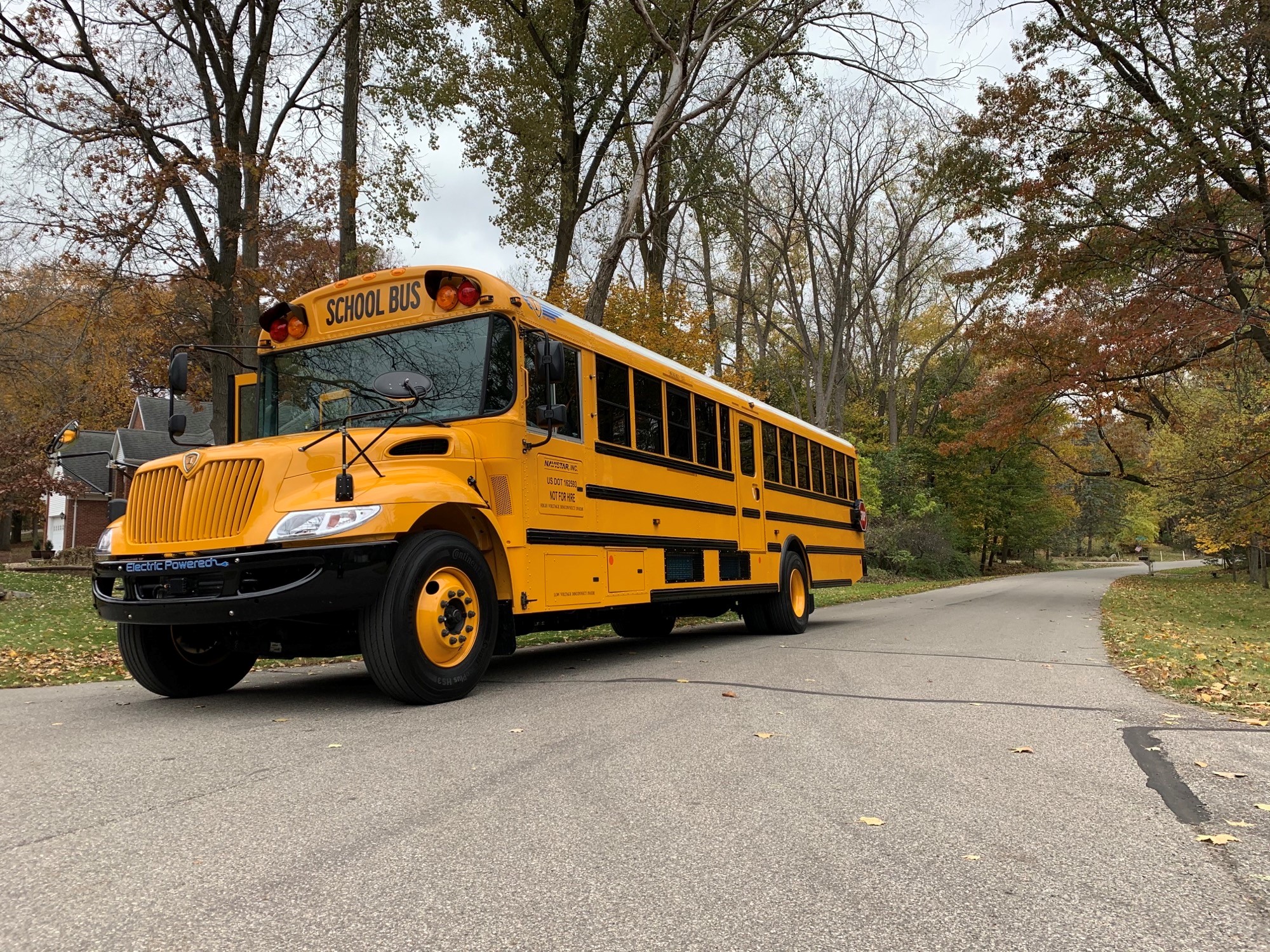
Shannon also debunked various myths that he’s heard from his industry peers regarding electric. The most common, he relayed, is that electric buses don’t have a decent range. However, he noted that school districts often can discover that they don’t need to run as many routes as they initially thought unless it’s a very rural school district.
He noted that because Twin Rivers doesn’t have frequent long-range athletic or field trips, he is planning on contracting those to charter companies. He added there’s no point in holding onto a bus that’s only going to be used a couple of times a year.
Another myth, he said, is how electric school buses react in a fire. He noted that diesel engines ignite just as often but are rarely talked about, which skews the perception that electric vehicles are more prone to explosions. He added that alternate fueled vehicles are also adorned with stickers that indicate where the electricity shut-off values are located.
In addition, many conference attendees discussed the fear of electric vehicles operating in colder climates. Terri Aman, the executive director of transportation at Kalamazoo Public Schools in Michigan, and Richard Gallagher, director of transportation at Bay Shore Central School District in New York, said cold weather is not a concern for their electric buses.
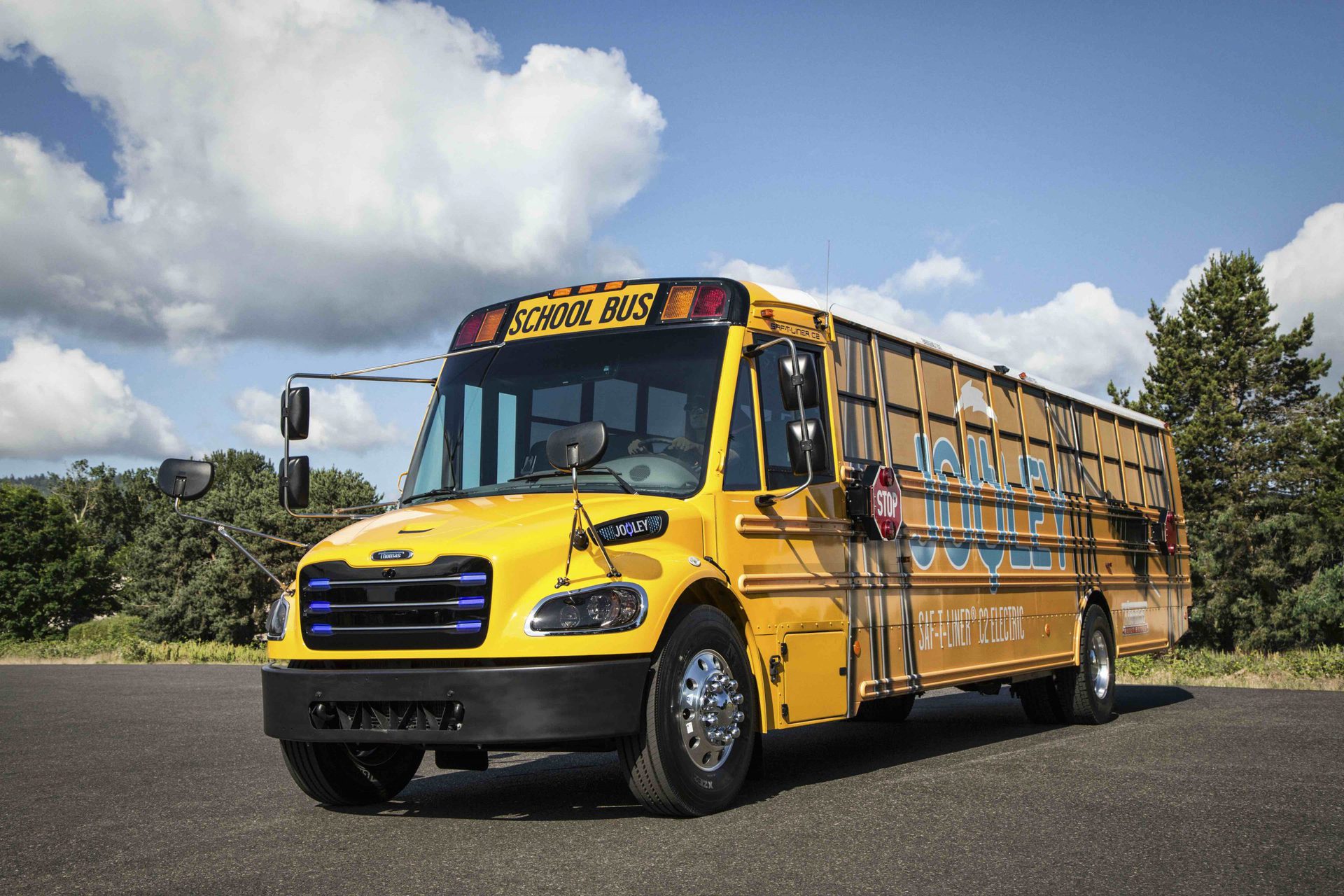
Aman was a part of a statewide electric school bus pilot program that delivered 18 electric buses via grants in August 2019 to Kalamazoo Public Schools and seven other districts.
Aman did note that the district had to pay $100,000 of the cost of the one bus it currently operates, but because it was the same price as a diesel bus her administration had no problem pulling the trigger. She noted that there have been cold winters in Michigan since the purchase of the bus, snow and freezing temperatures have yet to be an issue.
One thing Kalamazoo did when first receiving the bus was collaborating with fire departments and law enforcement agencies. The district informed firefighters so they would be aware when responding to a crash or other incidents and state police to inspect the vehicle, as there wasn’t a state electric vehicle standard at the time.
Related: NYC Aims for Fleet of All-Electric School Buses by 2035
Related: More Federal Funds Aimed at Zero-Emissions School Buses
Related: Blue Bird CEO Horlock Advises Industry to Prioritize Cleaner School Buses
Related: Transportation Expert Outlines Unprecedented Federal Green School Bus Funding Opportunities
Related: School Bus a Focal Point of Biden’s American Jobs Plan
Meanwhile, Gallagher in New York, who currently operates four first-generation Blue Bird Vision Electric buses, said he plans to operate an additional seven buses that will be shared with three neighboring districts. Gallagher and contractor Suffolk Transportation started looking into electric when Diesel Emissions Reduction Act rebate grants became available through the U.S. Environmental Protection Agency.
Gallagher noted that because Bay Shore is located on Long Island in a high emissions area, it inquired about using grant money to lower the district’s emissions, which in return makes the buses safer for children. Beside the fact that the initial cost of an electric bus is expensive, he cautioned that infrastructure isn’t cheap either.
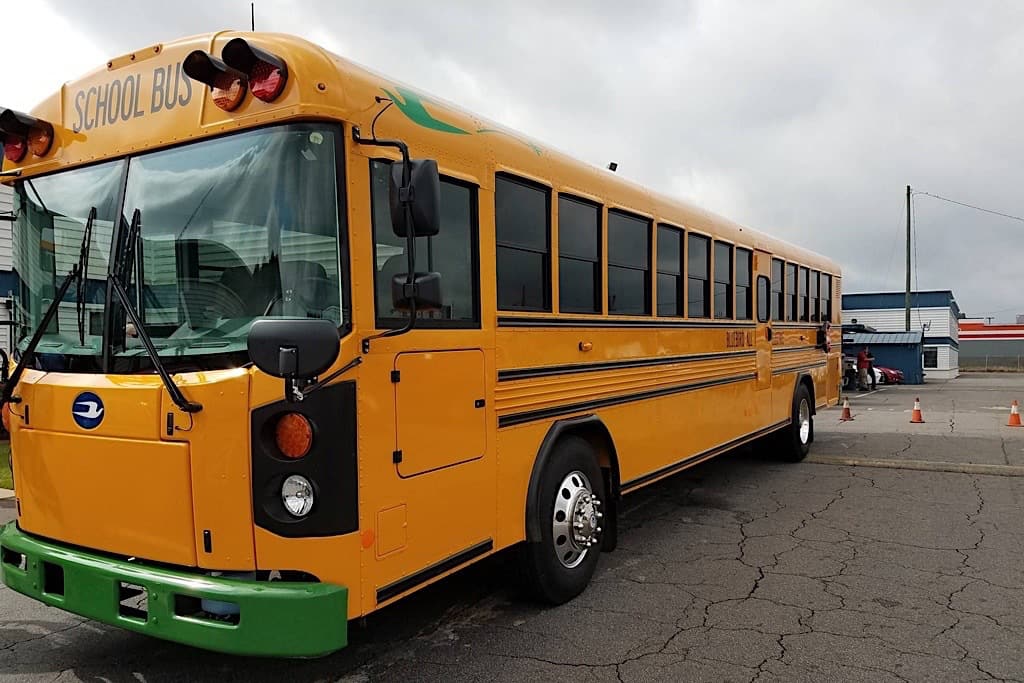
Gallagher added that when first obtaining the buses he did experience some complications, but in general, the costs are down compared to operating a diesel bus. He further explained that the maintenance issues amounted to leaking and insecurely fastened hoses connected to the cooling systems. Now, he said, the connectors are stainless steel which ensures the hose is secure.
He added that the first couple of months were difficult, as personnel got used to the buses, but now complications are getting smoothed out as they are discovered. Though, he said that he anticipates as the weather gets colder, prices of electricity will go up.
In terms of range, Gallagher said the buses operate about 65 to 70 miles a day and are charged overnight, as well as during the day to keep the batteries topped off.
One concern that Gallagher noted was that because the buses are so quiet children don’t know when it is going to pull away from the bus stop. He recommends installing a noisemaker on an electric bus to avoid student fatalities in the “Danger Zone.”
